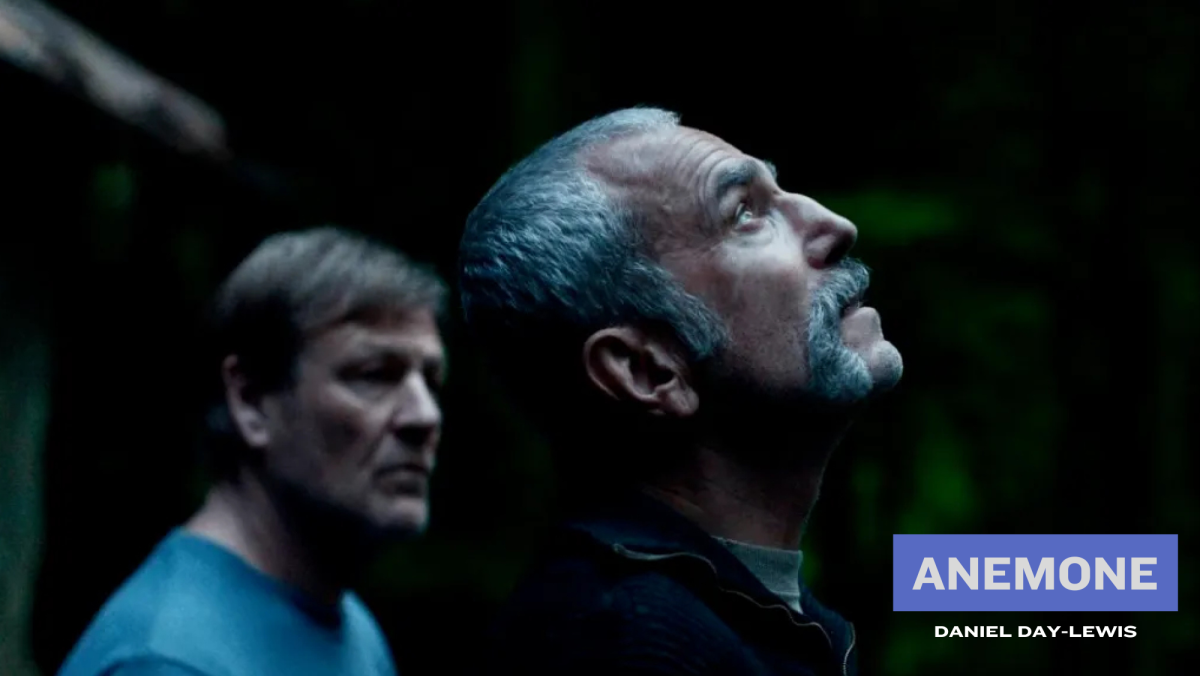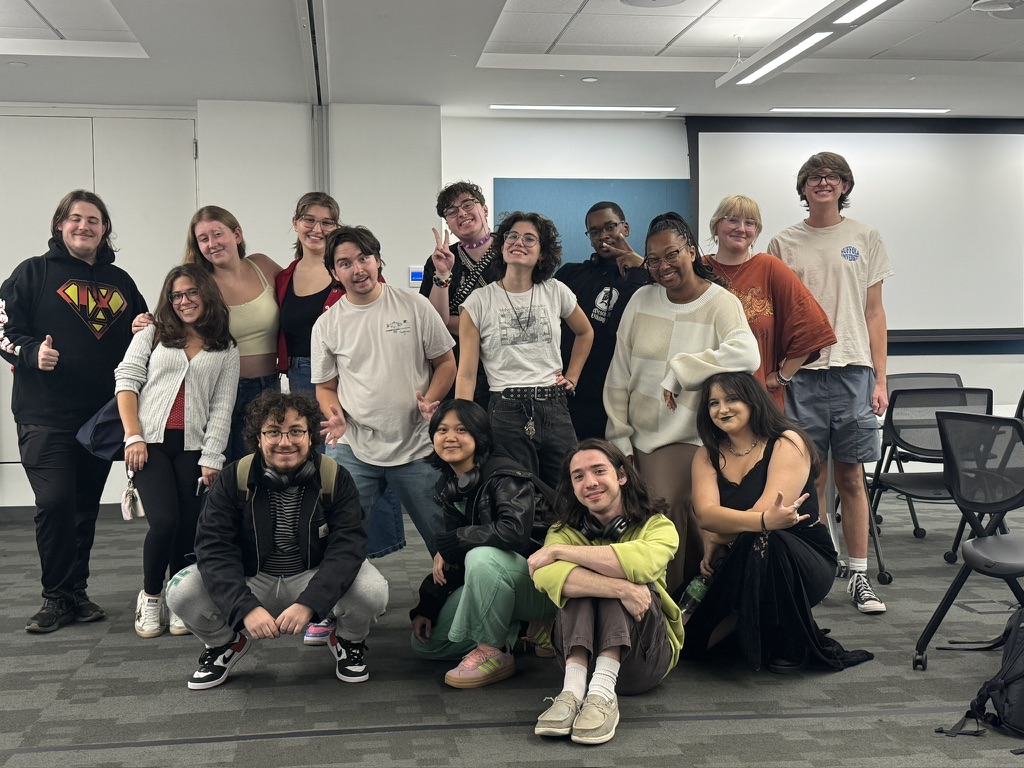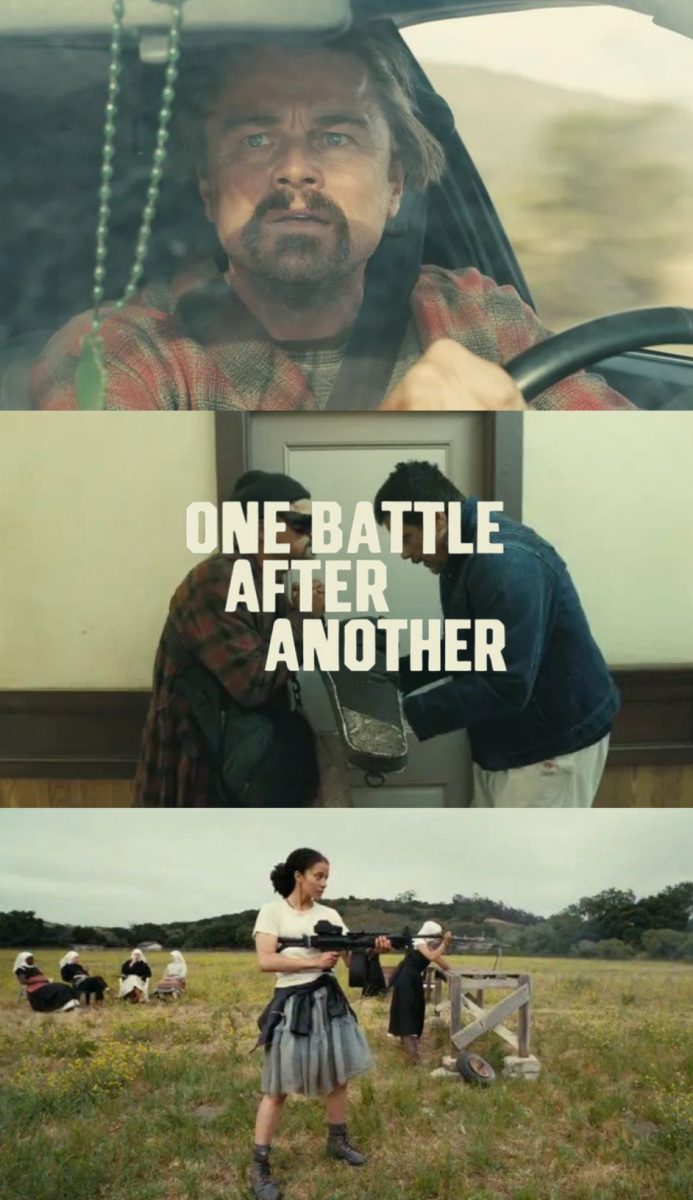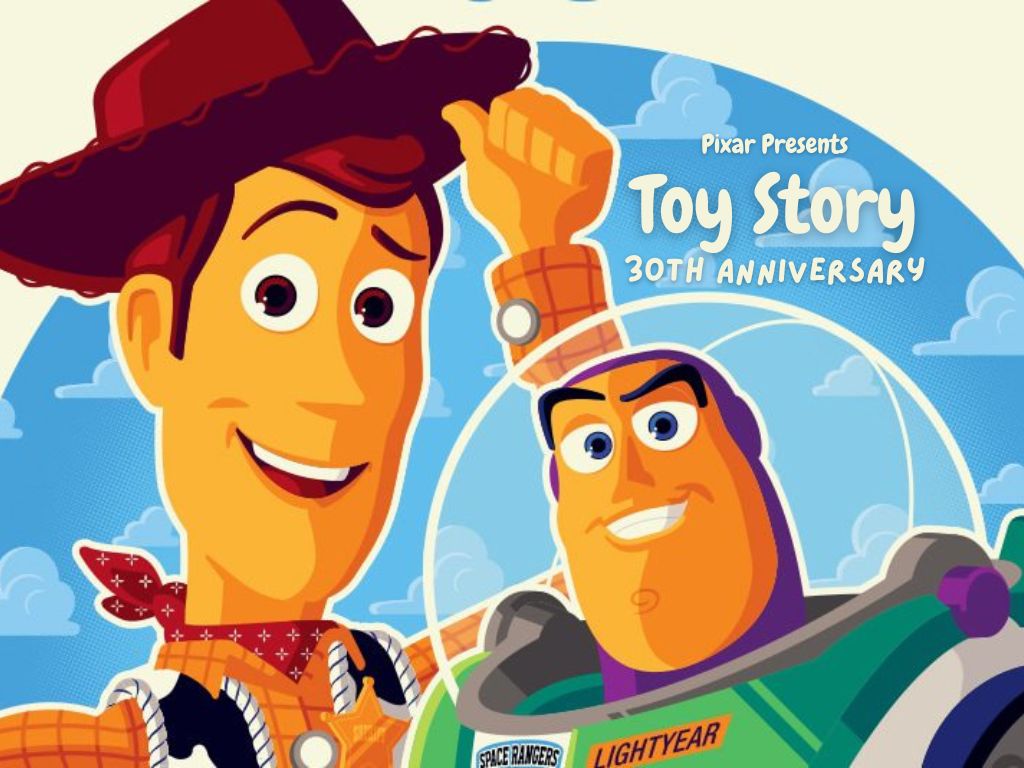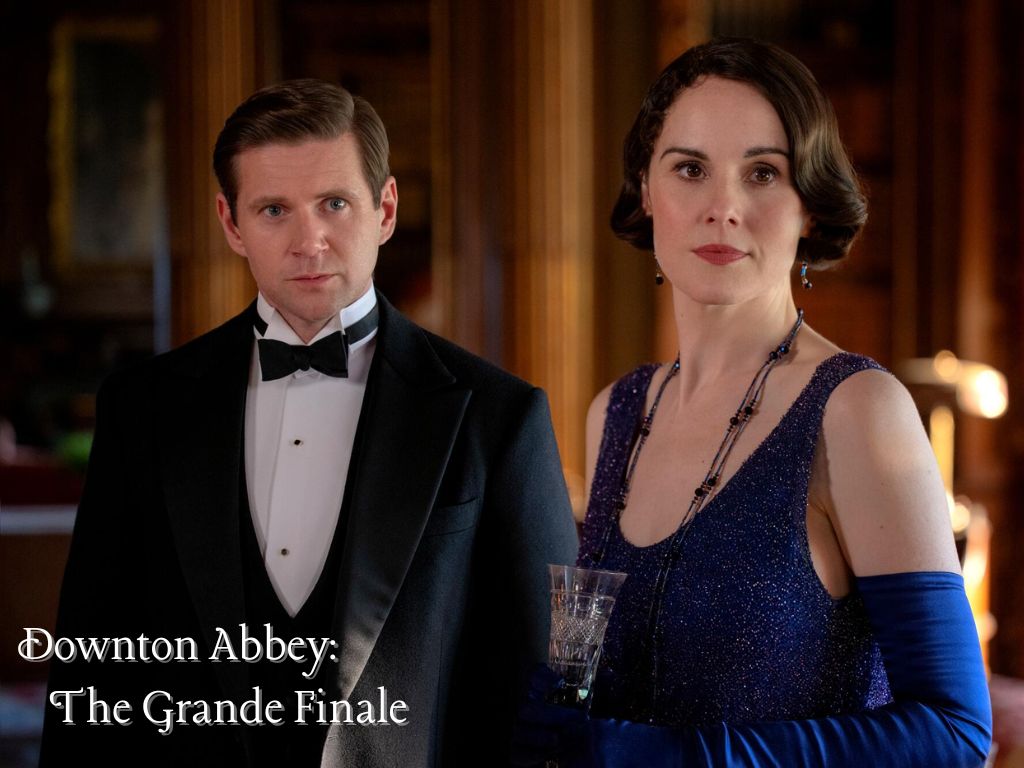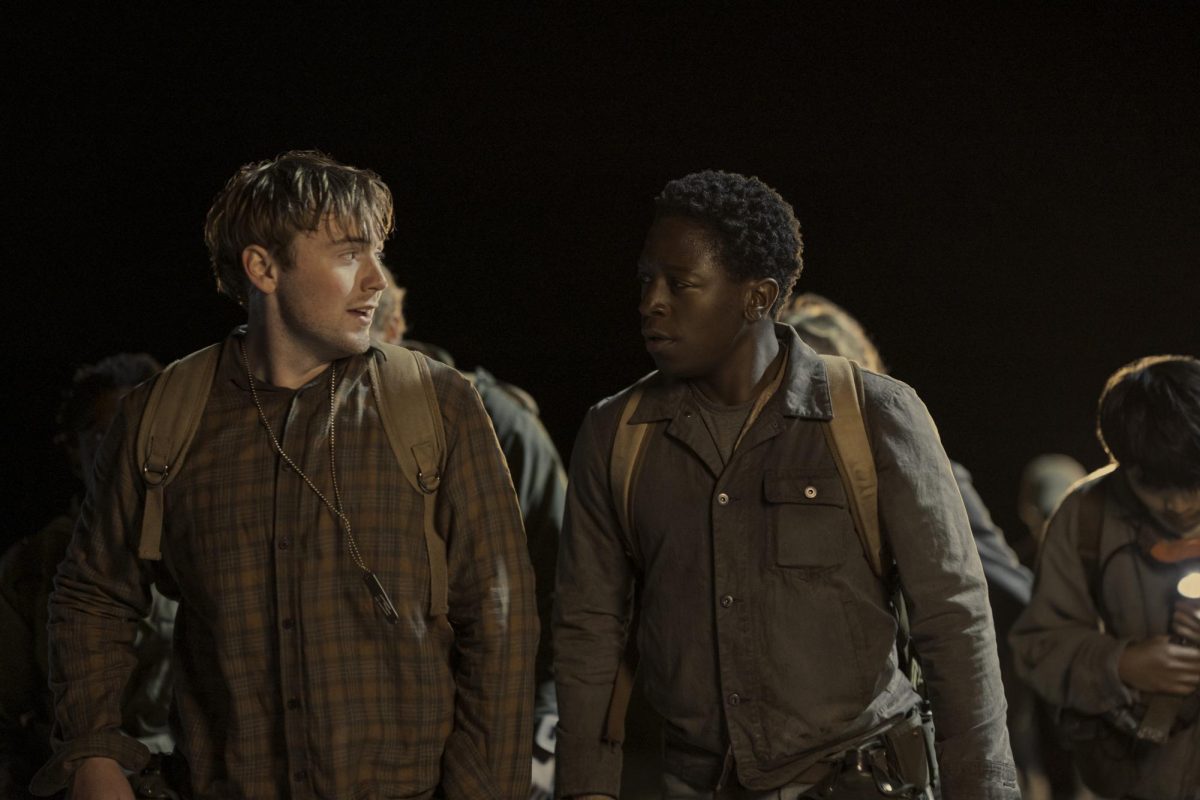Daniel Day-Lewis emerges from retirement to deliver the soul-stretching and intricate film, “Anemone.” He loops viewers into the screen, capturing their attention, while immersing them in the movie. This movie was anything but conventional — with layered, complex themes and intense cinematography. Still, it’s Day-Lewis’ acting that truly holds it all together.
Directed by Daniel Day-Lewis’ son, Ronan Day-Lewis, this film explores a complex relationship between brothers trying to fix a broken family. Sean Bean, who plays Jem Stoker, chases after his estranged brother Ray Stoker, played by Daniel Day-Lewis, who has been camping out in the woods for decades.
From the jump, the film gives viewers an unsettling feeling with close to no dialogue for several scenes. Viewers watch as Ray Stoker chases through nature and his daily life. With trees rustling to coffee brewing, the sound design behind this movie was a focal point. Every detail could be heard, drawing in viewers to the rocky world they are about to enter.
Ray Stoker left his family to hide in the woods after serving time in the military, leaving his wife and unborn son. Over the past couple of decades, Ray Stoker has not made contact with his past, leaving his previous life behind. This was until Jem Stoker set out to find him as a plea to meet his own son.
On his arrival, Jem Stoker was not greeted warmly. Silence fell over the film as the two characters, quite frankly, communicated without talking. At this point, it is unclear why Ray Stoker hid in the first place; all that is known is that he does not want to confront his past.
Over the course of the movie, the audience follows the complex relationship between the brothers as one brother begs for the other’s return. Towards the middle of the story, it is revealed that the true meaning behind Ray Stoker’s disappearance: PTSD. Following the war and alleged war crimes, Ray Stoker had nowhere else to turn but solitude. With unsettling dreams and the constant avoidance, Ray Stoker obviously struggles with making amends for his violence-ridden history.
Daniel Day-Lewis does a phenomenal job of portraying the discomfort and worrying feelings that may arise from PTSD. His tangled character development is expected from the Academy Award-winning actor, but this film put a cherry on top of his career. The viewers could feel every emotion and skin-crawling thought displayed by Daniel Day-Lewis.
As both characters progressed, so did, once again, the sound design. Slight builds in the music and ambient noise does not just draw viewers in; they trap them. It almost feels like viewers are inside of Ray Stoker’s head, living through his life, and actively trying to combat his brother’s plea. Hard tension was delivered from the sound design itself. Dialogue, of course, furthered the narrative, but the sound enhanced the experience beyond comparison.
As the movie rears to the end, tears were shed. Ray Stoker’s and Jem Stoker’s emotional attachment grew as both characters tried to understand each other. Ray Stoker recounts his time in war to Jem Stoker. Through this, it is seen how many lives Ray Stoker has lived. His avoidance of his life was not a simple decision, it was one he made out of fear. He lost sense of what he was and what he could’ve become: a present father. Given the fact that PTSD has taken a toll on him, it is hard, as a viewer, to convict him as a villain.
The complex theme also brings a somewhat unconventional cinematography. The film purposely ignores the rule of thirds. While some may not take notice, it promotes that unsettling feeling the sound design generates as well. It also delivers some weird scenes that feel foreign to the film itself. However, once the ties of PTSD and Daniel Day-Lewis’ character come together, it slowly starts to make sense on its own. Whether these weird scenes include a floating woman or a transparent animal-like figure, Ronan Day-Lewis captures those untouched feelings once again.
This reuniting movie takes many different avenues of story arcs all at the same time. But the father and son duo, Daniel Day-Lewis and Ronan Day-Lewis, loop it all together at the end. Even though the film ends somewhat incomplete, Ronan Day-Lewis will whip viewers through a variety of emotions.
Going into “Anemone,” viewers may not know what to expect, but some may leave with a small lump in their throat. Daniel Day-Lewis’ return to the screen did not disappoint. The father and son project tackles a theme seen in film before, but the way they are able to fully transport viewers into another dimension is a gift not often seen.
“Anemone” will be available in select theaters Oct. 3, expanding nationwide Oct. 10.


